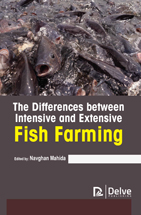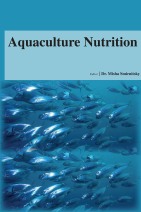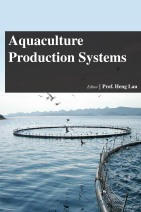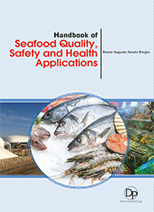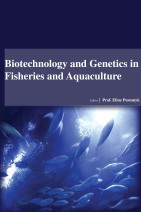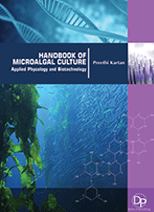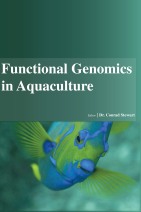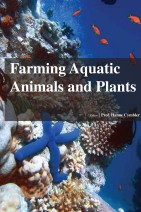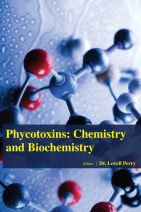Tab Article
The book encompasses the extensive fish farming system which is the least managed form of fish farming, in which little care is taken. This system involves large ponds measuring 1 to 5 ha in area with stocking density limited to only less than 5000 fishes/ha. No supplemental feeding or fertilisation is provided. Fish depends only on natural foods. Yield is poor (500 to 2 ton/ha), and survival is low. The labour and investment costs are low, and this system results in minimum income. An intensive fish farming system is the well-managed form of fish farming, in which all attempts are made to achieve maximum production of fish from a minimum quantity of water. This system involves small ponds/tanks/raceways with very high stocking density (10-50 fish/m3 of water). Fish are fed wholly formulated feed. Proper management is undertaken to control water quality by use of aerators and nutrition by use of highly nutritious feed. The yield obtained ranges from 15 to 100 ton/ha or more. Although the cost of investment is high, the return from the yield of fish exceeds to ensure the profit. The financial management in the intensive and extensive fish farming must be monitored by the farmers to forecast the yields. This book provide an insight on mitigation measures to be planned in advanced to minimize the losses incurred due to uneven growth rates or natural calamities. This book provides an introduction to intensive and extensive fish farming and it can be used by the undergraduates, postgraduates and research students who wish to work in the fish farming sector.

